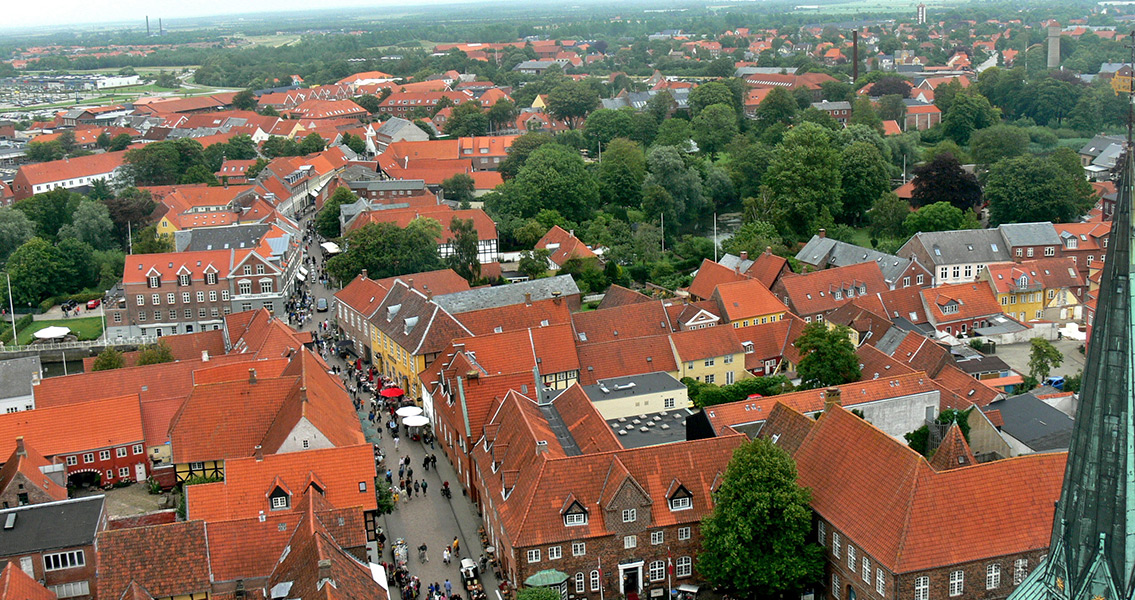<![CDATA[An archaeological dig in Ribe, the oldest city in Denmark, has led to the discovery of an ancient, 1,000 year old French wine pitcher that just happens to be in perfect condition. The city, which is located in the southwestern region of the Scandinavian country, was originally established sometime during the eigth century CE. The first mention of the city in the historical record occurred in 854 CE. Its location on the western shores of Denmark meant Ribe became an important center for trade between Scandinavia and Western Europe, something that is evidenced in the discovery of the wine jug and in other archaeological finds that have been made in the region. The jug, which is roughly the size of a small teapot, was uncovered during the course of a training dig for students studying archaeology at the University of Aarhus. For the exercise, the group of students excavated a well-known ancient burial site located around a foot and a half below a parking lot within the city, a location where other artifacts had been discovered in the past. Medieval and Renaissance archaeology professor Søren M Sindbæk told Danish news organization Ekstra Bladet in an interview that researchers “often excavate at the city’s ancient burial ground to find out more about our ancestors in the north.” The professor added that not only is Ribe the oldest city in Denmark, it is also the oldest known city in Scandinavia as well. While excavations of the Ribe burial ground have yielded fruit in the past, the discovery of the wine jug is of special importance according to the Sydvestjyske Museum’s head of archaeology, Morten Søvsø. The pristine, unbroken condition of the vessel – sometimes called a trefoil jug – caused the entire dig to “come to a halt,” Søvsø remarked, adding, “we could not believe our eyes.” The museum has collaborated with the university to help catalog and preserve the ancient wine jug. The museum head said that the workmanship of the jug was typical of the Merovingian period of France and Belgium, an era that stretched between 450 CE and 750 CE. Directly informed from ancient Roman pottery methods the quality of the jug is such that Danish craftsmen at the time could not have produced such a high-quality piece, Søvsø said. He added that “the pitcher is an example of the finest pottery produced in northern Europe at the time, and it has never been seen before in Denmark.” The find reinforces the historical record of Ribe being a cultural and mercantile hub for the region, and highlights its importance as an invaluable trade port that bridged the gap between Western European civilizations and their Scandinavian counterparts. The find also serves to shatter the myth of Viking-era Danes as nothing but marauders and pillagers, showing that trade relations were an important part of Viking culture. Image courtesy of Wikimedia: Wolfgang Sauber ]]>
Ancient Pitcher Discovered in Historic Danish City
